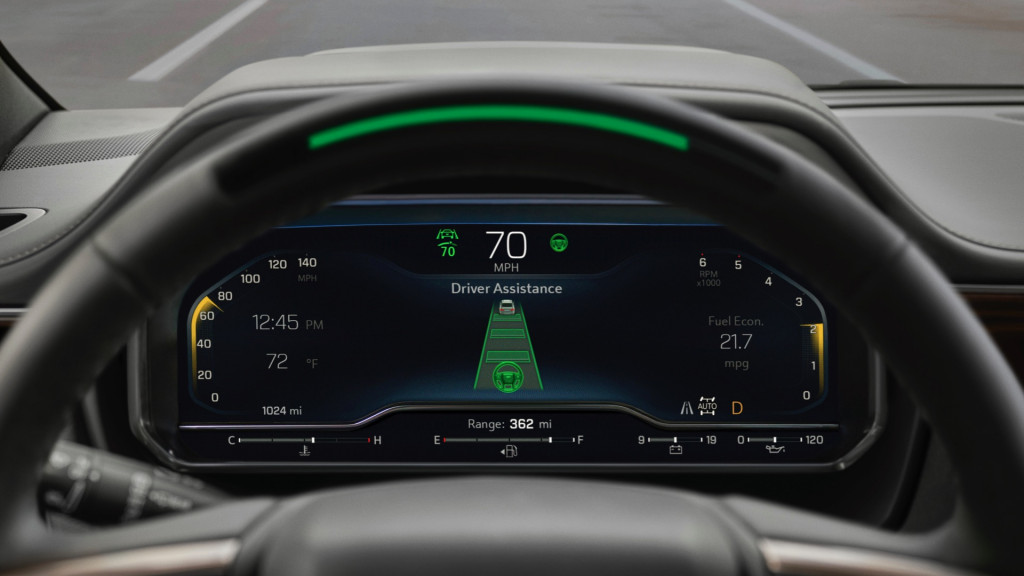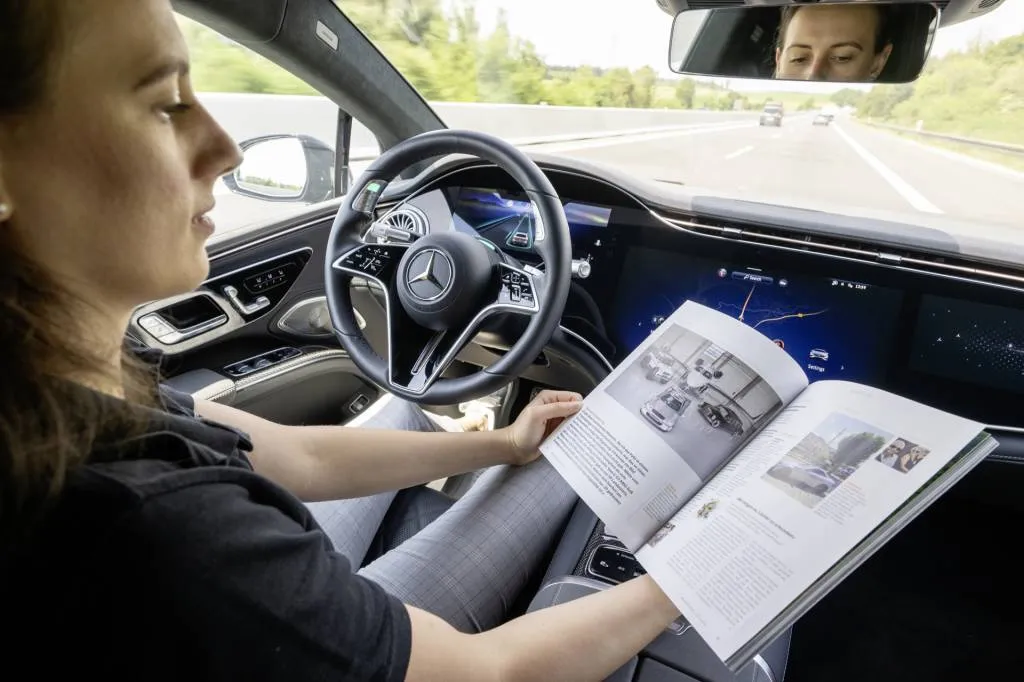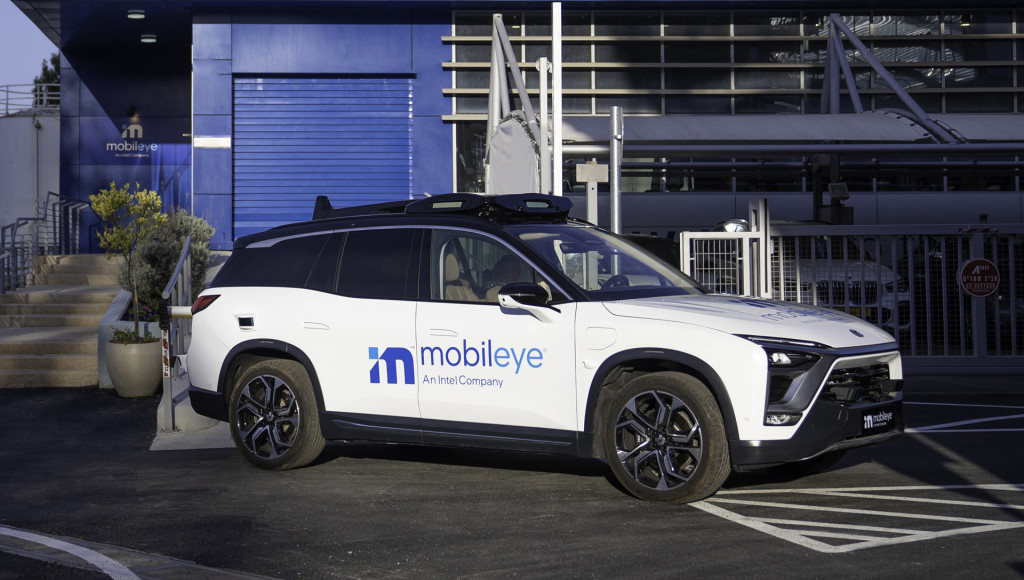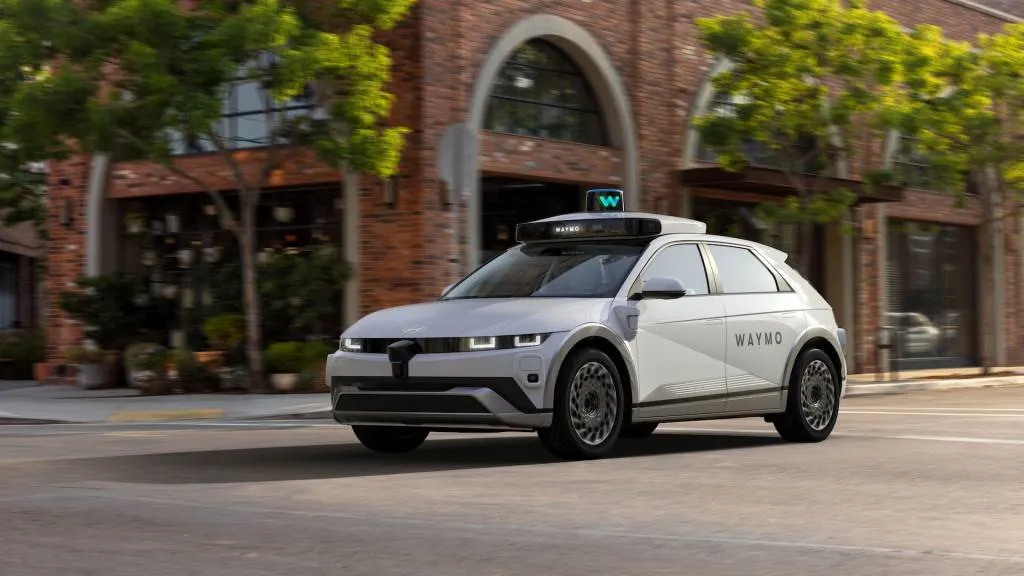[ad_1]
Whereas the stuff of sci-fi might quickly grow to be a actuality, there are numerous regulatory hurdles and sensible unknowns to beat. The largest barrier to a self-driving automotive is that none truly exist {that a} shopper should purchase. Regardless of how automakers and mobility corporations mislabel their semi-autonomous driving methods, particularly and controversially Tesla with its “Full Self-Driving” misnomer, no automobiles on the highway at this time meet the {qualifications} of being a self-driving automotive.
But many are attempting.
What are the degrees of semi-autonomous and self-driving automobiles?
In 2014 the Society of Automotive Engineers (SAE) recognized six ranges of autonomous driving, from Stage 0 to Stage 5 full self-driving automobiles. In 2021, it up to date its standards and it possible will do once more quickly. We’ll observe go well with.
Earlier than we checklist the degrees, it is essential to notice that the majority new automobiles bought at this time have superior driver-assist methods (ADAS), that vary from computerized emergency braking with pedestrian detection to adaptive cruise management. On the finish of 2023, greater than 95% of recent automobiles bought had computerized emergency braking, which detects an affect and makes use of the antilock braking system to decelerate or cease the automotive from rear-ending one other automotive or pedestrian.
Security companies such because the IIHS estimate that the expertise prevents 42,000 crashes and 20,000 accidents yearly. Such expertise is dubbed driver help methods, not semi-autonomous drive options. However so is a way more frequent and older expertise that debuted within the 1958 Chrysler Imperial. It too was known as “auto-pilot,” so Chrysler beat you to it, Tesla. After all, we all know it now as cruise management.
Here is an summary of what the completely different ranges imply.
SAE ranges of driving automation, from none to completely self-driving
Stage 0: No driving automation
“These options are restricted to offering warnings and momentary help,” the SAE states. Drivers are liable for controlling steering, throttle, and braking, in addition to monitoring their environment.
Automated emergency braking, blind-spot screens, and lane-departure warnings, in addition to old style cruise management are thought-about Stage 0.
Stage 1: Some driving help
“These options present steering or brake/acceleration help to the driving force,” the SAE states. They assist for temporary intervals when known as upon, however the driver nonetheless stays in full management of the automotive, even the methods are lively.
Such options embrace lively lane management that nudges the steering wheel to remain centered in a lane and adaptive cruise management that is an evolutionary step from cruise management. It screens the automobile in entrance and maintains a preset hole chosen by the driving force, and might brake or speed up accordingly. Usually automakers program the smallest hole to not less than 4 automotive lengths, whereas the longest hole could be eight automotive lengths. Drivers decide the hole size based mostly on their consolation degree.

2023 Chevrolet Suburban with Tremendous Cruise
Stage 2: Mixed driving help
The distinction right here between Stage 1 is that these automobiles can present each steering help and lively braking or accelerating concurrently.
It varies by automaker, and for years security companies in addition to the Nationwide Security Council and Shopper Stories have urged automakers and regulators to streamline the numerous completely different model names for these methods so shoppers know the methods’ capabilities. Automakers bundle a number of options below the umbrella of lively driving help methods, akin to Nissan’s ProPilot Help 2.0, Toyota Security Sense 3.0, Hyundai’s Freeway Driving Help 2, and extra superior methods akin to Ford’s BlueCruise and GM’s Tremendous Cruise, which in our testing is the most secure and most superior restricted hands-free driving system thus far.
The {hardware} and software program reads highway markings, senses site visitors, and maintains lane place and distance from the lead automotive concurrently. It is excellent for lengthy freeway hours, and most methods require the driving force to the touch or faucet the steering wheel at intervals from 20 seconds to a number of minutes so long as circumstances are met and the driving force is taking note of the highway. Security companies advocate that each ADAS have a driver-monitor digicam to make sure compliance.
These methods can’t carry out particular duties, akin to freeway merging or navigating stop-and-go site visitors.

Mercedes-Benz Drive Pilot Stage 3 self-driving system
Stage 3: The leap to conditional autonomy
“These options can drive the automobile below restricted circumstances and won’t function except all required circumstances are met,” the SAE states for Stage 3 and Stage 4.
Particularly in Stage 3, when the function requests human intervention, you will need to comply or the automotive will pull itself over, deactivate, and name emergency companies.
Just one automaker at this time has a system that qualifies as Stage 3, although Tremendous Cruise is shut. Drive Pilot Stage 3 by Mercedes-Benz permits hands-free driving on choose highways in California and Nevada at speeds of as much as 40 mph, although a 55-mph functionality is pending approval.
Drive Pilot permits self-driving for brief durations with out driver monitoring so in idea they might verify emails or texts (if it weren’t unlawful) or view media on the automotive’s browser and touchscreen. It is meant for now as a site visitors break, and might cease and go with out driver intervention as site visitors jams would enable. It could actually’t change lanes, it will not function in development zones or if emergency automobiles are detected, and it requires a lead automotive.
At any level, the driving force should be ready to take over management.

Mobileye self-driving prototype
Stage 4: Practically autonomous.
Not like Stage 3, “these automated driving options is not going to require you to take over driving,” the SAE clarifies. Stage 4 automobiles can deliver themselves to a cease with none human intervention if a technical downside happens.
GM, Ford, Mercedes-Benz, Tesla, and a slew of different automakers have already created safeguards on Stage 2 and Stage 3 methods ought to an operator be incapacitated. So Stage 4 won’t be far off. Are you able to drive a Stage 4 automotive in order for you? That is the large query.
Automakers have already indicated that together with self-driving options and driver-operated controls (steering wheel, fuel pedal, brake pedal) is redundant and expensive. Along with Polestar, Volkswagen Group partnered with Mobileye to develop a Stage 4 system using numerous software program and {hardware} elements, together with two unbiased high-performance computer systems in addition to 13 cameras, 9 lidar models, and 5 radar sensors. It plans to make use of it in VW ID.Buzz robotaxis as early as 2026 in Germany and Texas. A human will nonetheless sit within the driver’s seat.

Waymo’s Hyundai Ioniq 5 self-driving taxi
Stage 5: Totally autonomous robotaxis
The head of self-driving automobiles takes the driving force out of the equation completely. It could actually journey from level A to level B completely on its {hardware} and software program, and machine studying is employed to make the carbots finally smarter and higher than human drivers. That does not appear too exhausting based mostly on what number of human drivers have their noses buried of their telephones.
We nonetheless have the benefit over machines, nevertheless. Getting automobiles to learn roads with out clear traces, throughout dangerous climate, or in variable circumstances is a large enterprise for sensors, computing energy, and value. There are additionally some variables that no quantity of programming or machine studying can account for.
In July, GM canceled its Cruise Origin undertaking, a vanlike automobile that had logged essentially the most miles of any robotaxi service but in restricted public trials in Phoenix and San Francisco. GM cited the regulatory uncertainty surrounding it, after the unit was grounded for practically a 12 months following a crash with a pedestrian in October 2023. The pedestrian was hit by one other automotive into the trail of the Chevy Bolt EV robotaxi, which hit the pedestrian and dragged them 20 ft in an try to drag over. The motive force of the non-Cruise automobile fled the scene. GM has invested a cumulative $9 billion (or extra) within the now-parked program.
Different mobility corporations akin to Tesla, Rimac, VW, and Hyundai proceed testing the tech. Alphabet Inc.’s Waymo, at present essentially the most superior system, is driving ahead, with out human drivers; however even it continues to make use of so-called “distant operators” who will help reply questions or shut down automobiles as wanted.
[ad_2]
